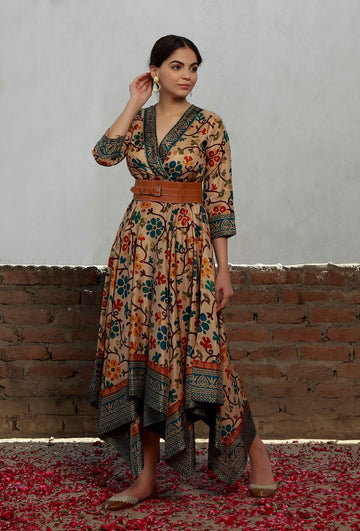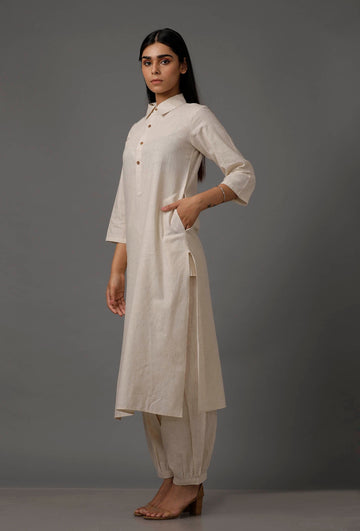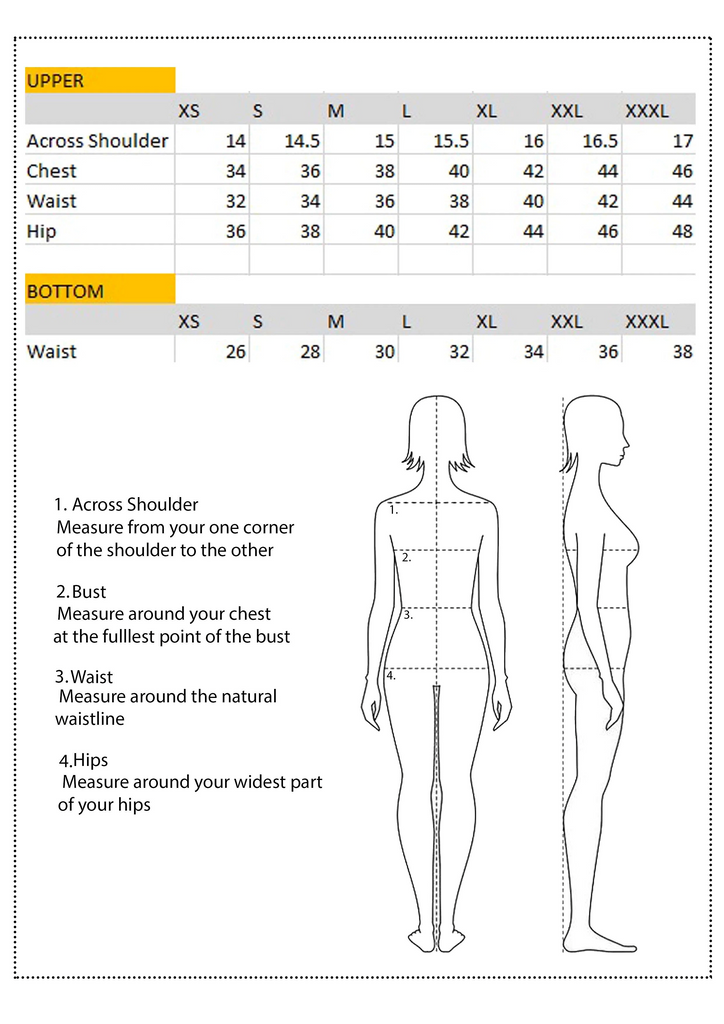How to Care for Handcrafted Fabrics: Washing, Drying, and Storing Tips
The feel of them, the unsymmetrical weave, the lively colors, the stories woven into each fiber by the hands that lived and worked with that textile, awareness, patience, and, of course, tradition.
Like all beautiful things, hand-crafted textiles need some love. A little care can make your precious (and comfortable) cotton Kalamkari kurta or your precious block-printed dupatta last for many years.
In this blog, we have shared how to properly wash, dry, and store these beautiful pieces.
Why Do Handcrafted Textiles Need Extra Care?
Handcrafted textiles (hand-woven, hand-block-printed, natural-dyed) are different from fabrics that are mass-produced in factories. They can bleed color, feel a little irregular, or require extra care.
So before you toss your favorite piece into the washer, think for a moment, check the label, feel the fabric, and consider its story.
How to Wash Handcrafted Fabrics Carefully?
- Select the Right Detergent and Water: Use something mild, not harsh bleach agents. Cold water will let the fibers relax gently.
- Hand Wash or Gentle Machine Cycle: Hand washing is always preferable. If you’re using a machine, choose the gentle cycle and turn your garment inside out. Some handwoven items may require a cold wash only.
- Color bleeding and Shrinkage: Many handcrafted fabrics may bleed and shrink a bit in their first washes. To prevent this from being an issue:
- Wash the new products separately first.
- Soak cotton handloom fabrics in salt water for 15-20 minutes before washing them, as this will help keep the colors intact.
So, when you shop for your next handcrafted apparel from Tjori, ensure you give them a little extra care compared to the rest of your factory-produced options.
Drying and Ironing: How to Preserve the Texture and Finish?
Proper Drying Technique
- Always air-dry in shade because the sun usually fades and weakens fabrics.
- When drying heavy fabrics (shawls or wool blends), the best practice is to dry flat to maintain their shape.
- Never tumble-dry cotton or silk at high heat, as the drying heat distorts fibers and ruins fabric printing.
Ironing Properly
- Ironing cotton handloom fabrics should be done with low to moderate heat.
- Ironing silk and delicate handmade fabrics is best with steam or very low heat. Always iron on the inside of the fabric.
How to Store Handcrafted Pieces Correctly to Maintain Their Beauty and Longevity?
- Cleaning before Storage: Before storing your garment, ensure it is clean and completely dry. Not doing so may cause mildew or discoloration from dirt or moisture.
- Breathable Storage: Cotton or muslin bags are preferable to plastic bags for storage. You must let the air circulate. Just like cotton, always store silk flat or with tissue paper in between to prevent the fabric from creasing.
- Store Out of Direct Sunlight and Dampness: A cool and dry location away from windows and sunlight is the best storage option. This will help retain the color and integrity of the fabric.
Why are These Care Steps Important?
Handmade fabrics mark human artistry. Therefore, they tend to have slight inconsistencies, dyeing methods, special prints, etc. They are also inherently fragile. So, by following these steps, you'll find your handcrafted piece will be just as vibrant and full of story as the day you fell in love with it.
Final Thoughts
Your Tjori garment is not merely an item of clothing; it is fine craftsmanship.
By taking the time to wash gently, dry thoughtfully, and store smartly, you give it the proper care it deserves.
So, wear your artisanal fabric proudly, take good care of it, and enjoy the feel and look of it for years to come.
If you are shopping our collection at Tjori, you will see that each garment is infused with handcrafted magic and should be treated with a bit of care.
Happy styling and happy caring!
FAQs Handcrafted Fabrics
Can I machine-wash a handmade fabric piece?
Yes, but only if the care label indicates it. Use a gentle cold cycle, turn the garment inside out, and if possible, use a mesh bag. However, hand-washing is always the safest option.
My fabric appears to bleed color on the first wash. Is this normal?
Yes, some handmade garments, especially those dyed with natural or artisanal dyes, may bleed color. Wash separately when laundering for the first time, and if it’s cotton, soak it in salt water to help set the dye.
How often should I wash my handmade fabric garments?
Only when necessary. Washing clothes frequently will deteriorate the fibers. For light-use garments, simply airing them out and spot cleaning will help preserve them for a long time.




















